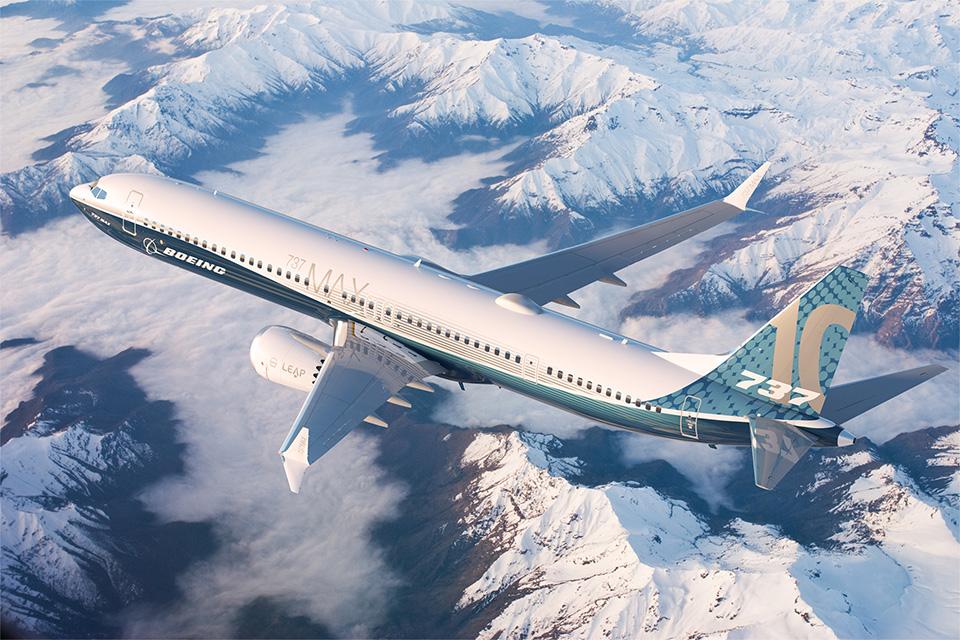
Credit: Boeing
Boeing is confident that it will be able to certify the 737-10 without flight crew alerting enhancements despite a certification timeline that has the work extending past a late 2022 deadline that would prevent the FAA from approving the design without the changes. “We are working very hard with our...
Subscription Required
This content requires a subscription to one of the Aviation Week Intelligence Network (AWIN) bundles.
Schedule a demo today to find out how you can access this content and similar content related to your area of the global aviation industry.
Already an AWIN subscriber? Login
Did you know? Aviation Week has won top honors multiple times in the Jesse H. Neal National Business Journalism Awards, the business-to-business media equivalent of the Pulitzer Prizes.




